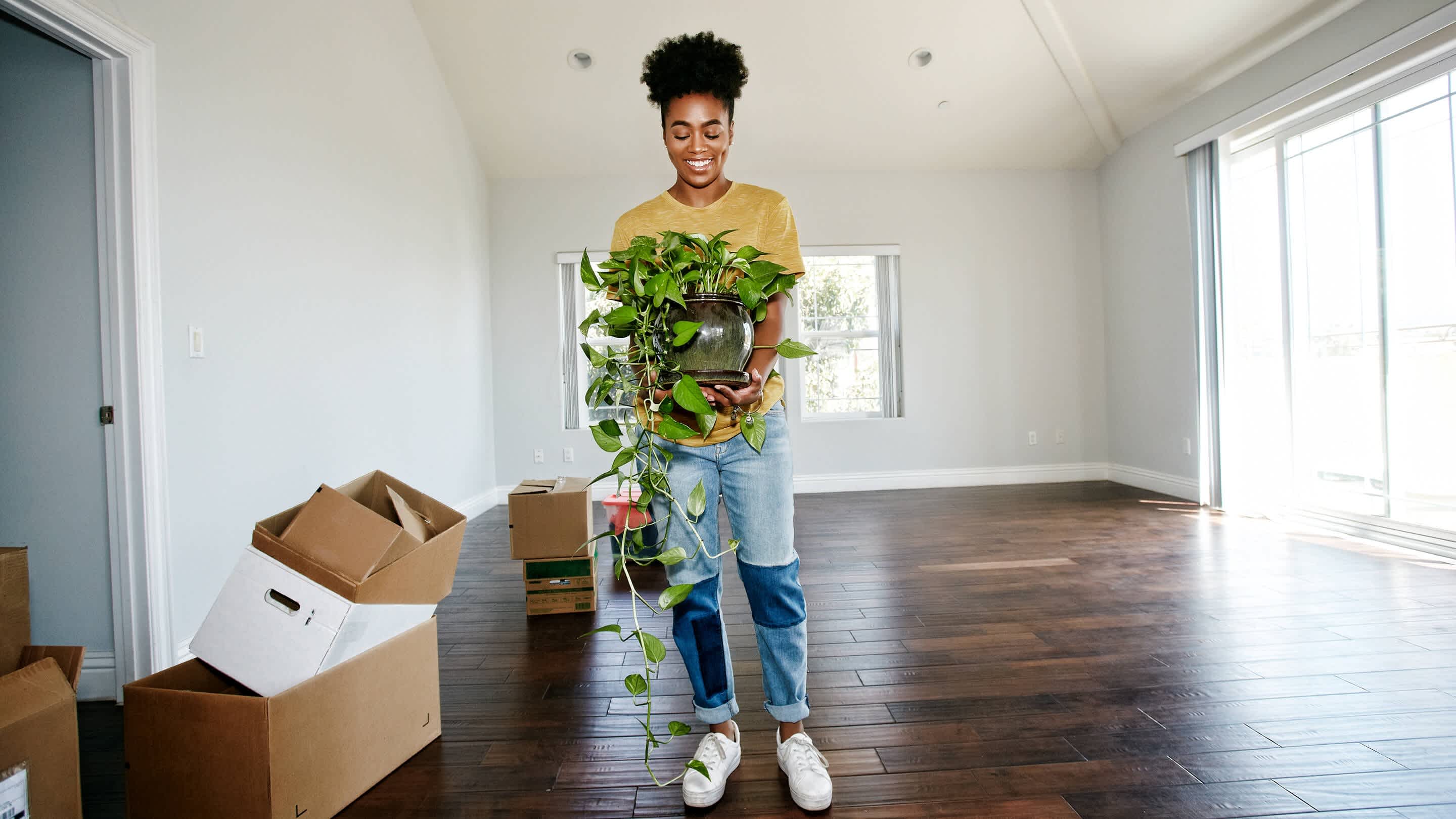The old adage that renting an apartment is “throwing money away” has since been thoroughly debunked.
Owning a home that’s completely paid off eliminates the expense of housing, but there are still plenty of added costs, including closing costs, insurance payments, taxes. Depending on the size of the down payment, homeowners typically pay mostly interest before starting to pay the loan balance.
But now would seem to be the best time to own a home, right? Interest rates are the lowest they’ve ever been, and the unemployment rate is at its lowest rate since 1969, sinking to 3.5% as of late 2019.
But despite the favorable economic conditions, Americans are increasingly choosing to rent over owning. According to a 2019 Freddie Mac survey of renters and homeowners, 82% of renters view renting as more affordable than homeownership, up 15% from 2018. Additionally, 40% of renters say they will likely never own a home, up from 7% two years prior. Here’s why that may be the case.
1. Median home prices are still unaffordable
Owning a home is simply not affordable for the average wage earner. The average wage earner makes $58,214, 14% lower than the amount required to afford housing payments for a $257,000 home — the median home price nationwide, according to the ATTOM Data Solutions U.S. Home Affordability Index.
2. Home values are outpacing wage growth
Home price appreciation is moving at a faster speed than wage growth in 76% of markets, including some of the most populated counties in the country, including Los Angeles County, Cook County (Chicago) and Harris County (Houston), according to the ATTOM survey.
3. Down payments and closing costs are too high
The biggest obstacle to getting over the finish line and owning a home isn’t insufficient credit or not understanding the mortgage process or even the monthly mortgage payment itself. It’s typically the down payment and closing costs you need to pay prior to closing the deal.
It’s suggested homebuyers put at least a 10% down payment in addition to closing costs — which include application fees, attorney fees, and origination fees. These fees can range from anywhere from 2% to 5% of the mortgage amount. If you made a 10% down payment on a median-priced home with closing costs of 3.5% the mortgage amount, that’d amount to a nearly $34,000 down payment.
4. Young adults are more transient than they used to be
Owning a home may be financially worth it if you plan on staying for the long haul, but recent trends suggest that young adults are sticking in one area for a far shorter period of time than previous generations did.
The share of 25- to 34-year-olds who have lived in their current residence for fewer than two years is 45%, according to a recent study by Zillow. That’s nearly 12% higher than adults in 1960.
This is likely due to the frequency individuals in this age group change jobs, as the typical 25- to 34-year-old only stays with the same company for around three years, compared to about 10 years for folks 55- to 65-years old, according to data from the Bureau of Labor Statistics.
Are you a renter looking to move? Check out the best (and worst) cities for renters.
Image: Pethegee

